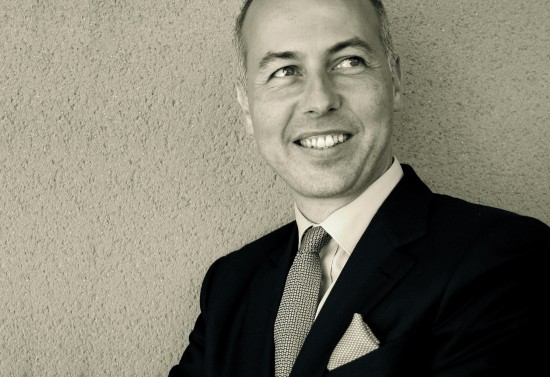An interview with japanese journalist Tomoko Inoue
“This Gyokuro tastes like a luxury wine from Bordeaux…Quite normal for a japanese green tea coming from Okabe!” This sentence may sound really weird for those who are strangers to the great worlds of luxury tea and fine wine. But when wine experts explore the world of luxury green tea, references to the taste of luxury wine are quite common. A recent sit down with Tomoko Inoue, a japanese journalist specialized in Wine and Gastronomy, was a great source of reflexion and inspiration. A few beautiful handcrafted cups with Gyokuro, the most famous japanese green tea, lay in front of us together with old Baccarat Cristal glasses full of La Mission Haut Brion and Romanee Conti. That’s a good start indeed. Extremely rare, unique, expensive, Gyokuro can come from three different areas: Yame (in the region of Fukuoka), Okabe-cho (in Shizuoka prefecture, about one hour from Tokyo by Shinkansen) and Kyoto. The first two regions show a great expression of this unique green tea thanks to the numerous small producers who still continue hard work and pursue the tradition.
After three infusions, you feel that the Gyokuro tea from Yame shows pure aromas with a sophisticated and feminine approach. It matches the elegance of the Romanee Conti and in fact reminded us of the greatest Burgundy wines we tasted recently. “Yame is full of small producers, it is very fragmented like it is in Burgundy” Tomoko said. After the first buds appear in the early spring, the tea bushes are shielded from the sun 20 to 40 days before it is picked. It inhibits the formation of catechin (tannin), responsible for the astringent taste, and also enhances the production of theanine, an amino acid that is the source of tea’s natural sweet, full, richness (umami, in Japanese). The necessary work to reach the highest level of quality is in fact approximately the same as the intense labour required in vineyards.” The Gyokuro from Okabe shows great complexity and concentration but with a more austere approach. It is very focused like the wine of La Mission Haut Brion. In fact, the more we taste both and the more we are impressed by the comparison between tea and wine. We feel like this great wine from Pessac Leognan is the perfect translation of the characteristics of this Gyokuro into a fine wine. Or the other way around…”You need a long experience to understand what stands behind this austerity, it is similar to the learning curve for great Bordeaux wines” she added. And she is right at this point as great wines require patience and experience if you want to understand them perfectly. This Gyokuro is extremely long, concentrated and magnificiently balanced. “Unfortunately, in this region, producers are getting old and sons or daughters do not necessarily continue the work done by their parents. Their unique production may disappear very soon, which is a pity.” The perfect pairing with those two Gyokuro teas? “This is a unique experience and, in that sense, you can have them on their own. I would say the same for those two great wines” said Tomoko. One of us mentioned that, in Japan, people enjoy Gyokuro and sometimes eat…the tea leaves. Yes, you understood it right: some eat the tea leaves used for this delicious tasting. So we tasted them with Tomoko. The experience was very interesting but we much preferred the homemade foie gras with toasts that was served at the end of this unique experience… (You can reach the writer at guillaumejourdan@hotmail.com)
Luxury Wine and Gyokuro, two worlds of Excellence in Taste… An interview with japanese journalist Tomoko Inoue



